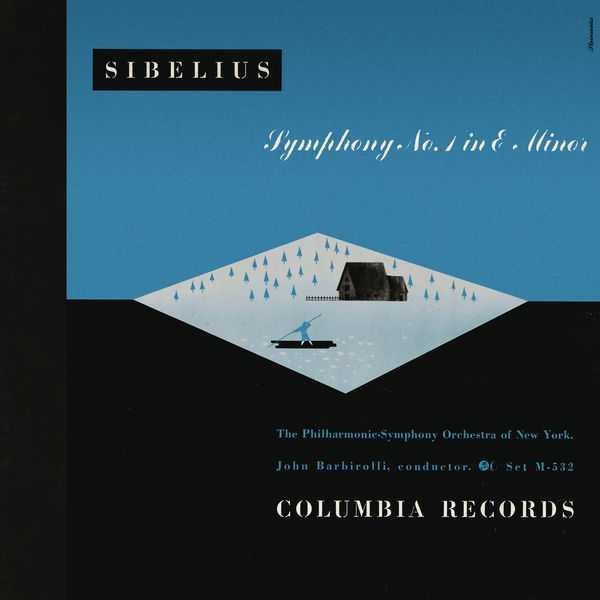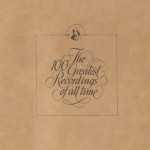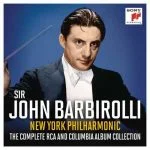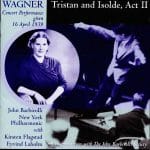
Composer: Jean Sibelius
Orchestra: New York Philharmonic Orchestra
Conductor: Sir John Barbirolli
Format: FLAC (tracks)
Label: Sony
Catalogue: G010004186275I
Release: 2020
Size: 240 MB
Recovery: +3%
Scan: cover
Symphony No. 1 in E minor, Op. 39
01. I. Andante ma non troppo – Allegro energico
02. II. Andante
03. III. Scherzo. Allegro
04. IV. Finale – Allegro moderato
Symphony No. 2 in D major, Op. 43
05. I. Allegretto
06. II. Tempo andante ma rubato
07. III. Vivacissimo – Lento e suave
08. IV. Finale: Allegro moderato
There is one particular 20th-century English conductor that remained particularly attached to the music of Jean Sibelius (1865-1957): Sir John Barbirolli, who often supported the symphonies and symphonic poems of the Finnish composer from the end of the 1930s until his death in 1970. He finished his renowned anthology of these symphonies for His Master’s Voice with the Sixth Symphony at the end of May 1970. In some respects, it seems he could then die peacefully, his great phonographic opus completed and his body weakened by age and sickness. However, with the re-edition of these recordings made in New York before 1943, it’s the sheer youthful verve of the then forty-year-old conductor that stands out. At this time, his interpretation of Sibelius’ works were characterised by their great vigour and the briskness of their tempo, which are truthfully more in line with the rapid tempos chosen by the first interpreters of Sibelius: Kajanus, Stokowski, Ormandy and to a lesser extent Beecham and Tauno Hannikainen.
Barbirolli’s manipulation of time remains constantly versatile. With time, the conductor – like Leonard Bernstein would go on to do a few decades later – would also be a driving force behind the implementation of tension between harmonies as well as the opposition between textures. Many people think that the Finale of the First Symphony is not powerful, less accomplished than its predecessors. This isn’t the case with Barbirolli, who makes this the most innovative movement, in the way he organises the harmonic resonance and imagines a completely different sonic world, different to all of Sibelius’ contemporaries. This interpretation (the first of three versions recorded by Barbirolli) is fascinating, and immediately makes clear the path that the composer took in order to create the Second Symphony, one of the English composer’s favourites and which also exists in the New York Barbirolli archives. This American version is the first, and perhaps the most ‘romantic’, of the four made by Barbirolli (1940, 1954 with Hallé for HMV, 1962 with the Royal Philharmonic for the Reader’s Digest label, and again in 1967 for HMV with Hallé). Boundless energy and gusto inhabit this Symphony No. 2: it’s irresistible.



